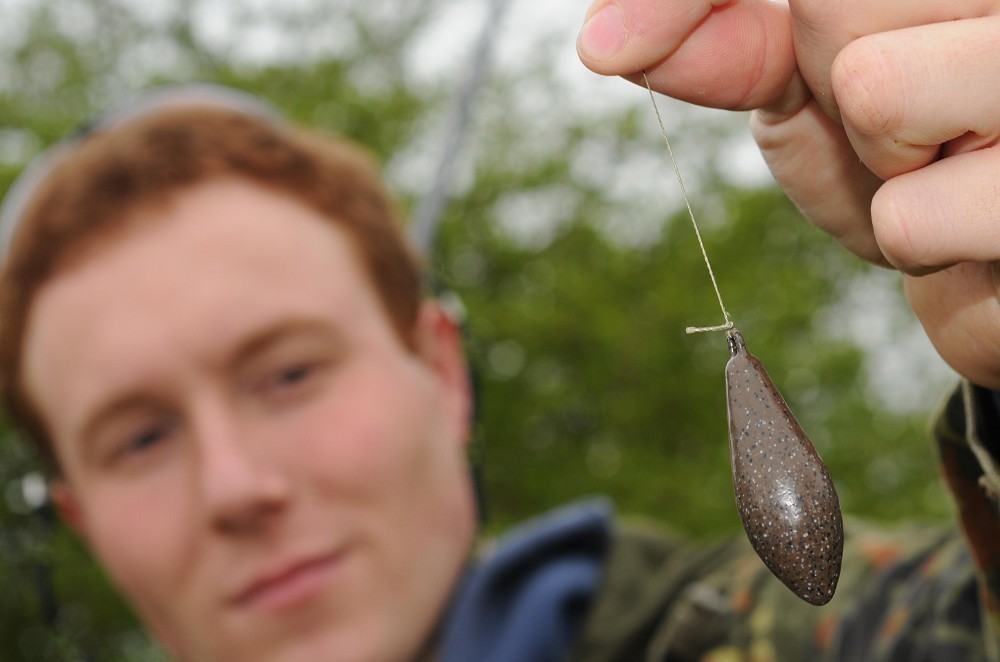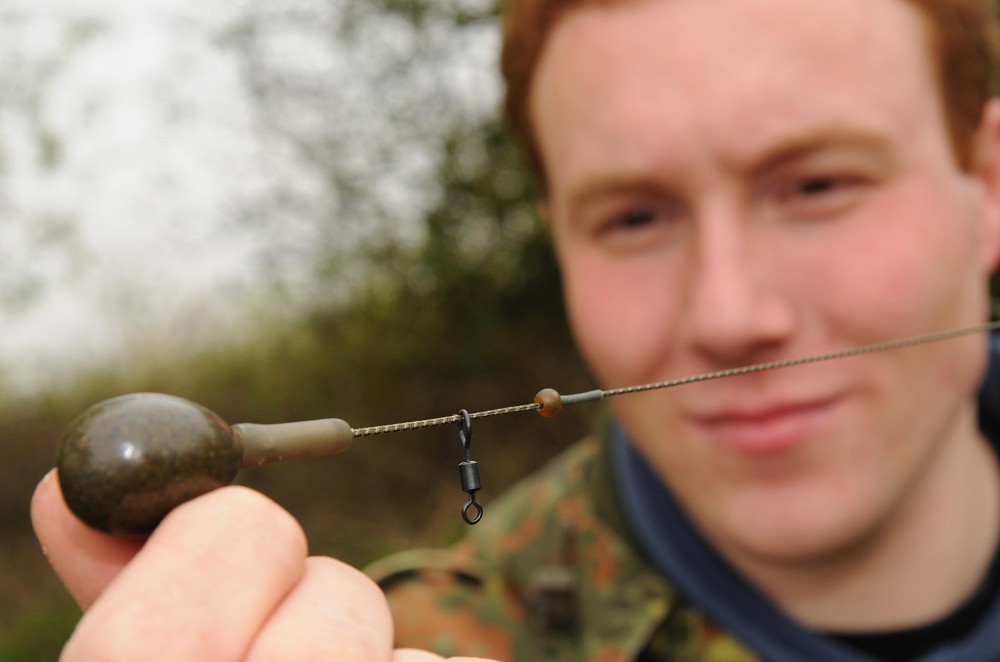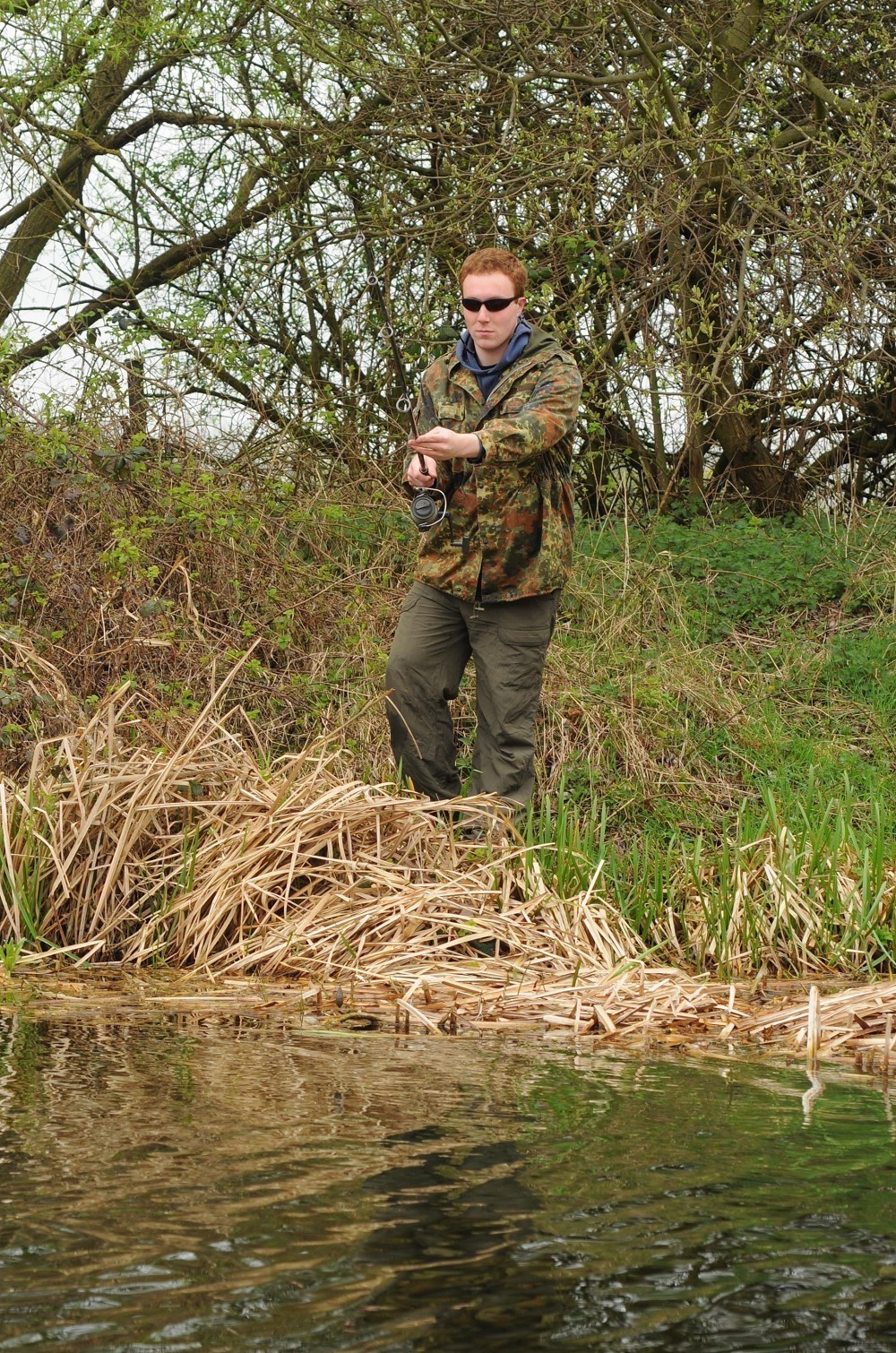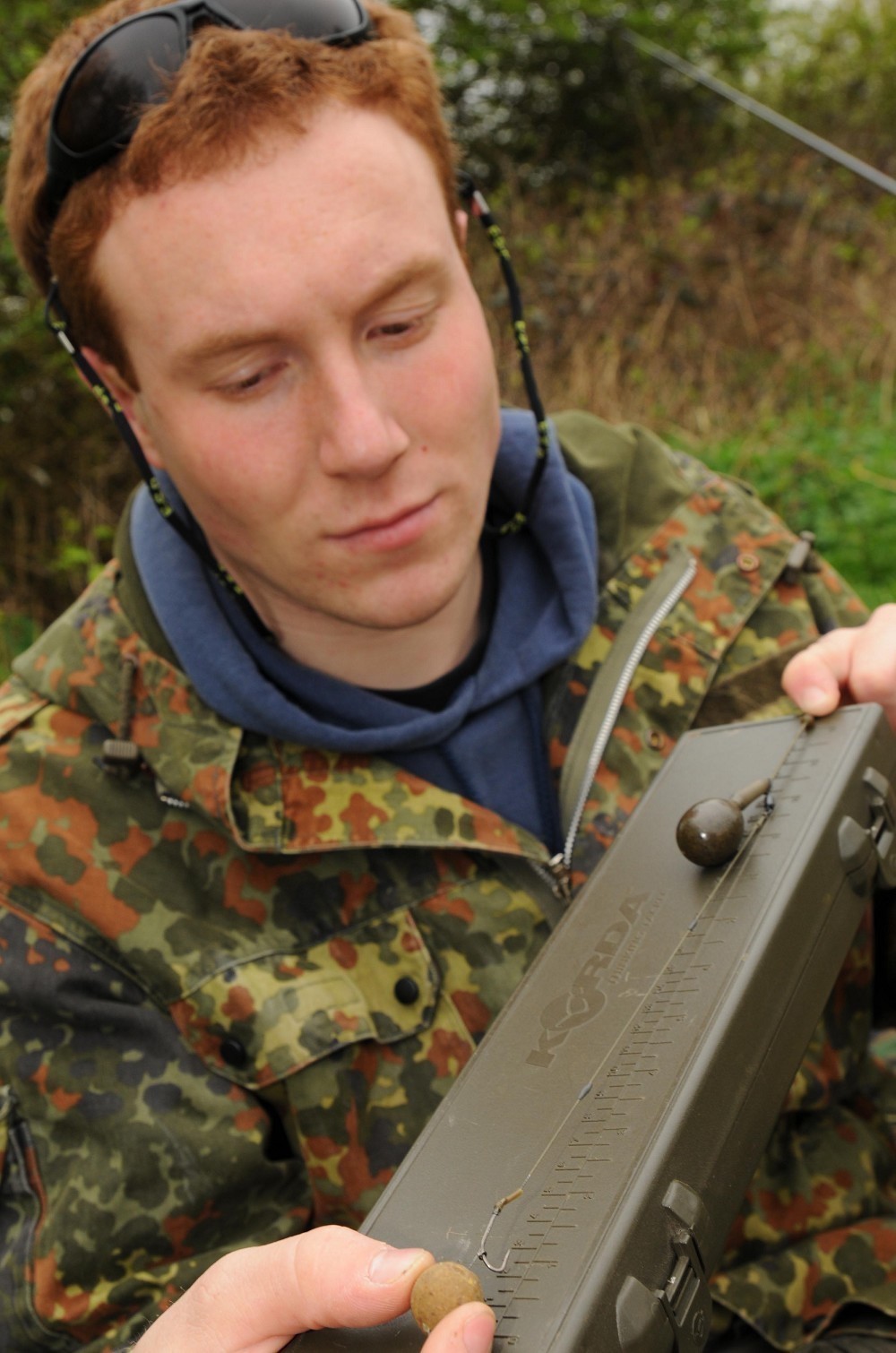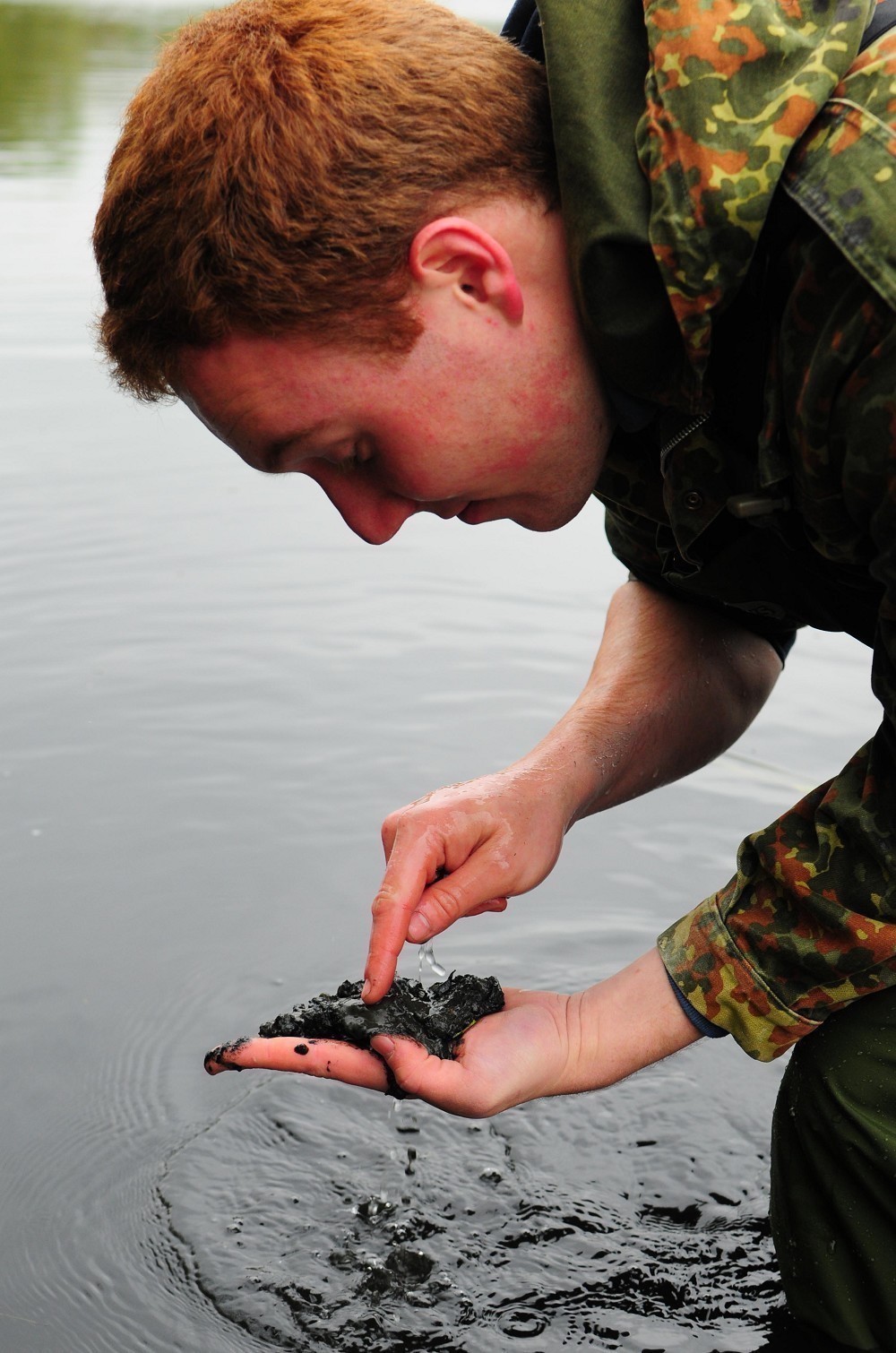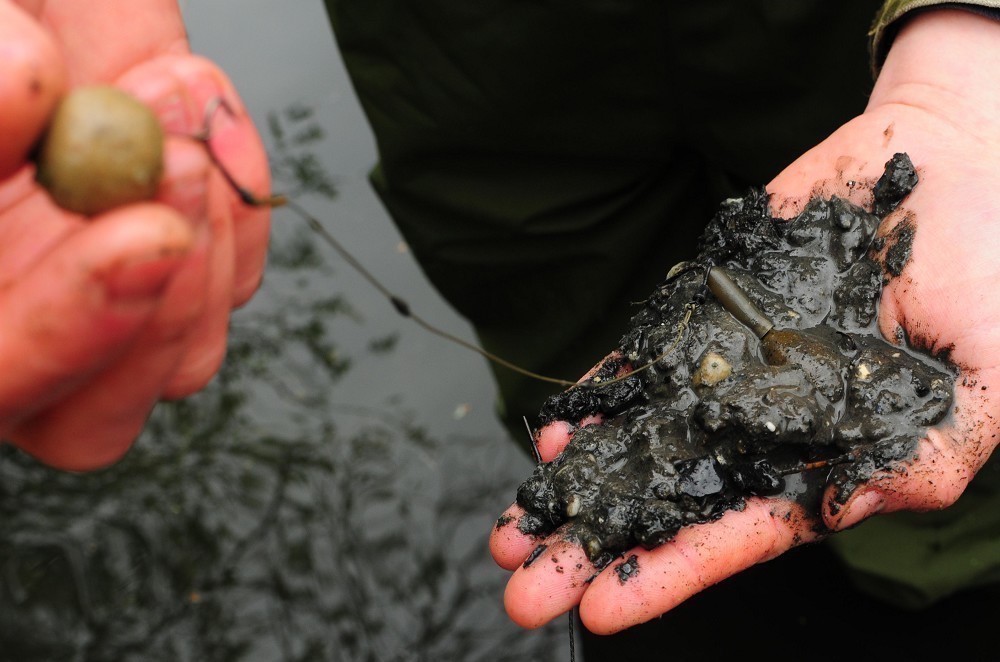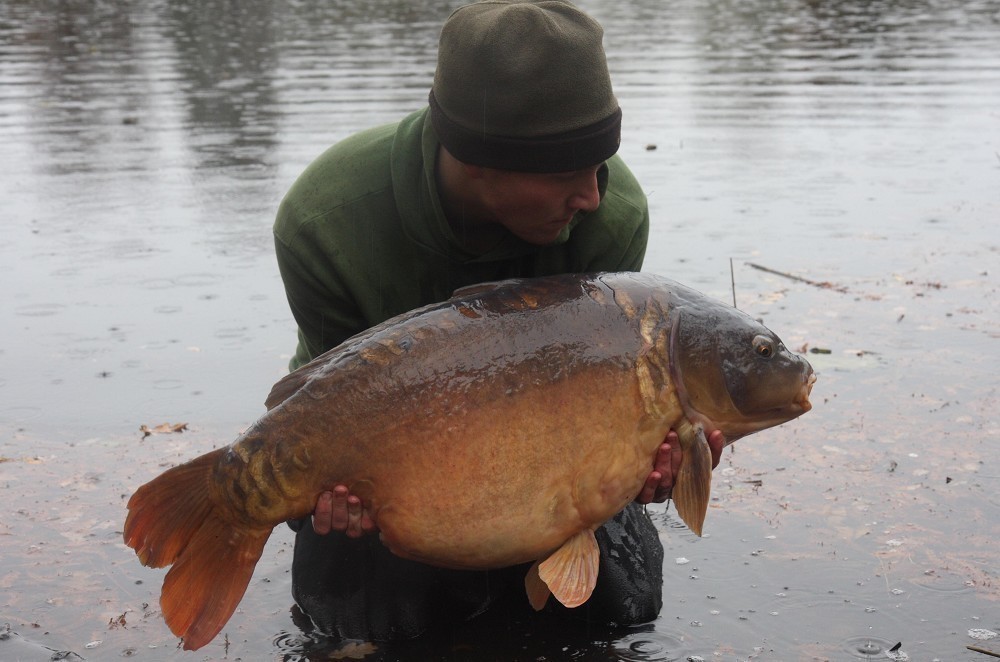CARPology Classic: Advanced silt fishing
James Turner reveals his knowledge on silt fishing that has helped him to outwit some of the finest 40s that swim...
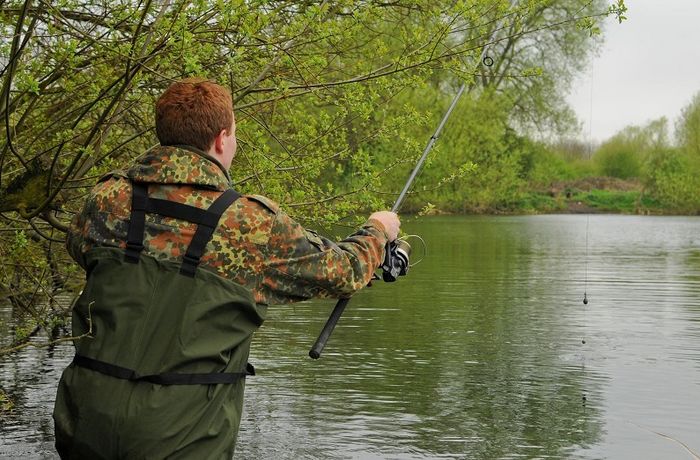
Silt fishing is a skill and if understood can be a deadly string to your bow. There’s so much to learn about fishing in the black stuff, I did it the hard way by pitting my wits against some of the cagiest silt feeders in the country and there is so much more to it than simply chucking out a Choddy! Waters such as Toll Pits and Silvermere are renowned as being tricky. The carp have seen it all. Consequently, it was the perfect way to learn and attempt to master the trade. Let me take you through the way that I see it. I say the way that I see it, because there’s no written agenda here, I’m purely explaining my findings and how I adapt to such waters in order to target the fish that thrive in there, effectively.
Understanding silt
Fishing in the silt seems to come into its own through the autumn time and I’ve received most success around October/November. That’s not to say that you shouldn’t target it throughout the year, but that’s when I’ve managed some of my best carp. Silt is teeming with natural food, which is what makes it so appealing.
It’s important to distinguish the types of silt that you target, however, if you take one thing away: may it be that there is no perfect spot or perfect silt. A spot or type of silt fish seem to favour on one lake, a similar spot or silt bed on a different lake may be ignored completely. Over on Toll Pits, a quiet, intimate little place, the silt was rancid in parts. It was these horrible, smelly, choddy areas that seemed to produce consistently over the cleaner, smoother parts. There was one spot in particular that I recall, in a swim known as The Oaks, that contained a patch of some perfectly smooth silt at the back of a man-made island. This then slowly turned into the more potent, darker stuff that left a scent on the lead. I noted this and targeted the area. There were old rotting twigs and leaves covering the spot, but this is where the carp wanted to feed, maybe a natural food larder actually in the silt? I managed some belting carp from here and it didn’t matter what I had on the Hair: tigers, boilies, you name it, they had it – at the time it was a real hotspot for me and one I kept baiting and fishing. The icing on the cake was a fish known as Sandy, one of the originals, weighing over 34lb. Whether the captures came as a result of the fish favouring to feed in the dirtier silt or the fish finding the rig harder to deal with I’m not sure.
On Silvermere, though, it was a different ball game and I found it easier to catch the carp on the hardest, cleanest areas of silt that had been fed on. There was no doubt that they fed in the soft stuff, but a take was very hard to come by and although on the most part I feel the rig presentation was so much harder in the softer silt.
Fishing over silt can raise new issues for carp as they are constantly taking in foreign objects in the silt as they feed so a rig can raise less suspicion in comparison with fishing on a polished clean spot, but equally if you’ve seen carp feed, you will notice that they’re able to take in all sorts of detritus, pebbles and other bits, and they actually filter out the bits that they don’t want. On Silvermere I found they were doing this with our rigs in the softer silt. As a result, I learnt to fish on the firmer areas, where I gained a better presentation, which seemed to result in better hook holds and more fish hooked.
What I’m trying to say is that there is no given rule to silt fishing. Observation and experience is key. However, what is important is the way that you pinpoint these ‘special areas’ of silt and the way I do it is with a tournament-style casting lead.
Pinpointing 'the zones'
I simply tie a zip-style lead to my marker rod, which MUST be spooled up with a braided main line. You reveal and feel so much more through the tip due to its lack of stretch.
I cast the lead out, but don’t pay too much attention to the drop because on shallow, silty waters you may not even get one. I carefully lift the rod, unplugging the lead and then slowly bump this across the bottom, sliding it back, feeling its every move through the rod. You will find that a deep silt will cause resistance and a twanging sensation will be felt as it plugs and unplugs on the retrieve. A smoother silt, however, will feel clean and the lead will slide across with ease. After every cast I also like to smell the lead for any potent-smelling silt. By far, the best way of locating ‘feeding spots’ is by donking the lead along the margins. I love to patrol the margins in my chesties, feeling every last bit with the lead, lowering it from the tip to the lakebed. It’s amazing how many dinner plate-sized hard areas you miss. Silvermere was a prime example of this and I managed some magical results within feet of the bank by simply lowering my hookbait onto a hardened silt patch.
Baiting up
Baiting patterns are key in successful silt fishing and at times you can make them incredibly easy to catch if you’re prepared to put in the time to bait up. I love to spread my offerings. This keeps the carp travelling from one bait to another, searching, rather than having it on a plate. Boilies allow me to do this, in conjunction with a throwing stick or catapult. Don’t worry if you’re not landing each boilie on a sixpence, it can be more effective spreading them in an area the size of a tennis court. At times, I will place four or five boilies in the stick at once and they spread perfectly.
Silt rigs
There’s no need to overcomplicate your rigs in silt. Many anglers get baffled into thinking that their rig is buried, the lead is penetrating deep down into its contents leaving nothing. On occasion it might be, but carp feed in this and this is where meticulous and detailed observation of the spot (by wading or leading) provides such an edge and aids presentation. They’re used to digging and sifting through detritus in search of bloodworm and larvae. Present a bait where they feed!
I’ve been fooled many a time into thinking, “Its mega silty out there, perfect for a Choddy!” Nope it’s not. A Chod Rig will often be wafting above their heads as they aggressively tear through the black stuff. A bottom bait in amongst it is a much better option and again Silvermere taught me the hard way. In fact, I go as far to say that my catch rates transformed to a complete turnaround on there when I swapped from Choddies to bottom baits.
Nine times out of ten, I like to use a helicopter rig. Not only is it in my opinion the best tangle-free set-up due to the way that the hooklength rotates around the lead, it also allows the lead to dig in and keep your hook proud and allows you to make adjustments of the top bead for the depth of silt.
One thing that’s imperative is that your hook is clear and unmasked. I target silt that generally is no deeper than four- to five-inches, but in truth, gauging the depth of silt is very tricky and is only truly possibly by wading or bouncing a lead off of the rod tips. I’ve tried all methods with strips of wool and corkballs, but I have found that none are 100% accurate. So to be honest, much of it is an educated guess! The lead size is actually doubled, maybe even tripled, when dug into silt meaning one thing… a very difficult rig to eject.
Ironically, I employed heavy in-line leads on Silvermere. I was simply lowering my baits in the edge so could place the lead down gently. However, for casting, a helicopter is by far the most effective.
My hooklength is made slightly longer to combat the rotting leaves and twigs. I want it to be laying as flat and straight as possible rather than sticking up on an underwater obstacle. To aid this further, the hooklength is supple-coated braid – N-Trap to be precise which is a lovely flexible coated braid. I strip this back an inch or so for extra movement and then whip on my trusty size 10 Longshank X hook. So many carp have bowed before this sharp little hook and I use it for all of my bottom bait angling. The extended shank makes it very hard to eject and when coupled with a section of shrink tubing it cannot fail to flip and turn. Try it on your palm. A rig ring slides on the shank, forming the blowback presentation, and then a bottom bait to match my offerings is attached to the Hair. No cork, no plastic, just a good old bottom bait straight out of the bag. That’s what they’re eating so why give them anything different?!
Get in amongst it!
There’s nothing better than actually getting in the water, searching for your spots in the edge. Get yourself a set of chesties and go exploring, (but please don’t go over your depth, stay sensible, use a prodding stick to gauge depth and get someone to spot for you). Silvermere is very shallow and it allowed me to thoroughly research the margins. Certain areas felt unbelievably firm on the foot, yet on the lead you would miss them and bounce it over the top. Some areas would be totally clean and the only way to find them was through feeling them through your feet or with a prodding pole.
One spot that I recall which was a mere rod-length out from the bank dropped down and then rose up again quickly. I baited that for a good month and it was prime. I’d have completely missed this spot without the waders. Over time this got firmer and firmer and it was clear it was being frequented by the fish. I remember a prominent house brick right in the middle of the spot. The more the fish fed on it, the lower the silt got and eventually the brick was sitting proud right on the top of it… all of the silt had been quite literally, washed aside – amazing stuff.
Funnily enough, I never caught a fish from this spot. Maybe it had become too clean and they could pick my rig out with ease. I even tried treading my rig and leader into the silt to make it more inconspicuous, but still to no avail. However, other areas did produce and that season I managed some of its prized jewels.
Do as much homework as you can and eventually all those jigsaw pieces will solve the puzzle.



